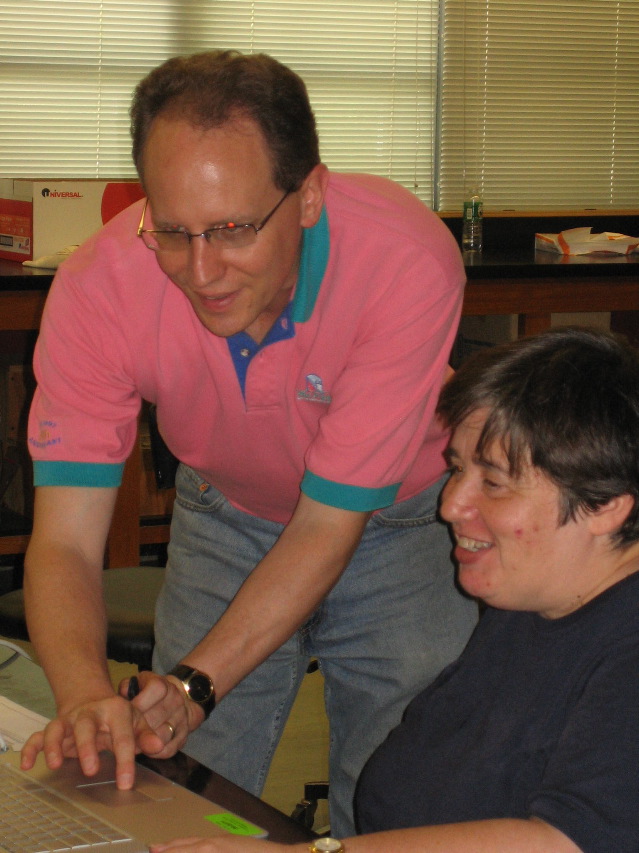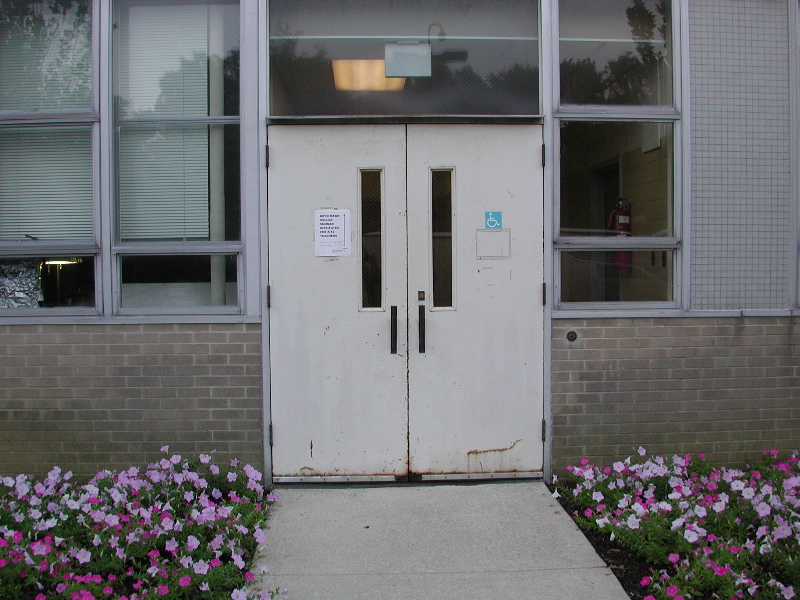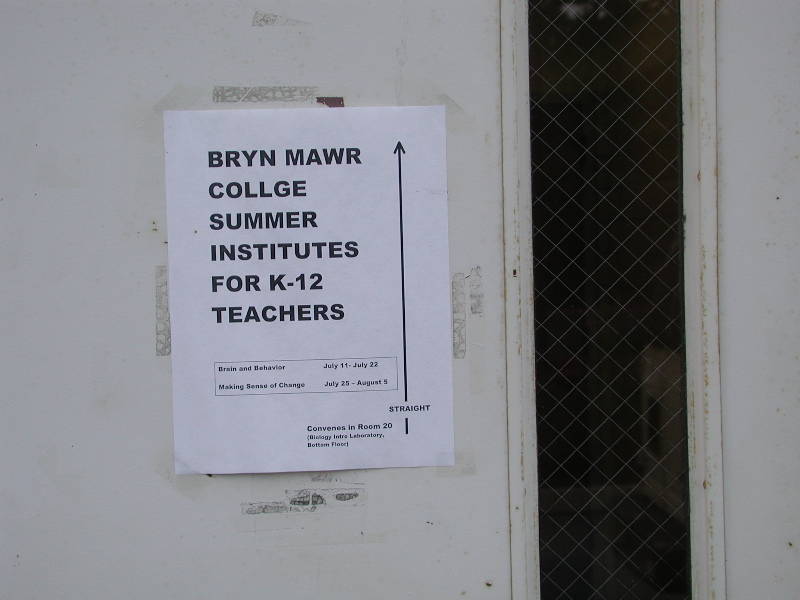(July 24-August 4, 2006)
 | Group Photo Unveiled!
Reflecting on Day 3:
J.D. ("get out") Doughtery
(HC Computer Science)
"In theory, theory and practice are the same." |
 |
The Theory:
Charles: our students need to understand that science is ultimately studying the world (cosmos included) which enables us to find our place in it.
Deb: Work with them to connect this home technology to big picture microwaves (solar system). Then encourage them to identify another local/familiar technology and determine how it works/the science behind it.
The Practice:
Deb, "How can underwear catch on fire in the microwave?" : I'm trying to figure out how underwear can catch fire in the microwave--we've been told that there was no metal in the clothing---so as soon as all of the water evaporated wouldn't the underwear have become just like the salt? No water...no heating? Isn't science fun???
Regina, "Lightbulbs in the microwave": Last night I continued the experiment of exploring the effects of microwave energy on lightbulbs. Using the lowest setting (defrost) I placed the bulb (without the container of water that Liz used testerday). Within 5 seconds the Bulb emitted a bright bluish-green light for a second and then stopped. The filament in the bulb broke away from its' holder, but the rest of the bukb remained unchanged. The second experiment I did pLace the container of water and the bulb at first gave off a low light. After roughly 10 seconds the bulb again glowed a bright bluish-green light and then "died". The lesson of this experiment : 1) You do not know what meant happen in any given situation until you tried it. 2) It is fun to put objects in the microwave.
I want to talk w/ you some more about the "fun" factor
(common to both these posts, and absolutely central to the sort of
science we've inviting you to practice-and-teach).
(Maybe with a little bit of help from Jennifer, who just took Brain and Behavior,
and learned about the importance of the unconscious in teaching-and-learning?)
What does this sign say?

(Can you get some clues from the context?)
What does this sign say?

Is your brain "making things up"?
See From Bricks to Architecture:
The Input side of the Box
(Day 6, Brain and Behavior Institute, 2006)
A more poignant example:

A funnier example (compliments of Judie McCoyd):
Cna yuo raed tihs?
i cdnuolt blveiee taht I cluod aulaclty uesdnatnrd waht I was
rdanieg. The phaonmneal pweor of the hmuan mnid, aoccdrnig to a
rscheearch at Cmabrigde Uinervtisy, it dseno't mtaetr in waht oerdr
the ltteres in a wrod are, the olny iproamtnt tihng is taht the
frsit and lsat ltteer be in the rghit pclae. The rset can be a taotl
mses and you can sitll raed it whotuit a pboerlm. Tihs is bcuseae
the huamn mnid deos not raed ervey lteter by istlef, but the wrod as
a wlohe. Azanmig huh? yaeh and I awlyas tghuhot slpeling was
ipmorantt! if you can raed tihs forwrad it.
Lesson #1: don't worry so much about "getting it right";
your brain will "get it good enough."
Lesson #2 (also generalized from J.D.'s session):
don't worry so much about "getting it right";
through networking, simple individual agents can
accomplish more complex (="smarter") tasks.
The group is smarter than the individual.
(This is an answer to Delia's question,
"How can the internet get smarter?")
Resources on this idea of "emergent" intelligence:
"Science is not a particular set of understandings but instead is a particular skill at generating new understandings, a skill that is inherent in the brain, one that everyone starts with and can get better at." (Day 9, Brain and Behavior Institute)
"There are skills. And there is the ability to learn a skill.. that's intelligence." (J.D. Doughtery, Science and a Sense of Place Institute)
Under those rubrics, let me introduce
Jeff Cohen, of Bryn Mawr's Growth and Structure of Cities Program, an architectural historian, w/ a Ph.D. in History of Art.
[an error occurred while processing this directive]


